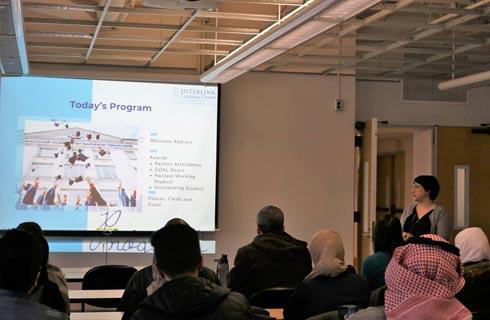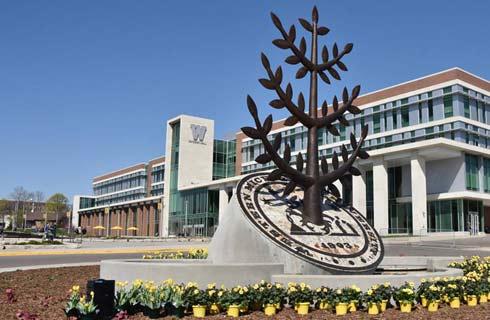课程简介
Forestry is an applied science that involves managing forest ecosystems within increasingly complex social environments. A challenging, demanding profession, forestry applies Forest Ecosystem Science and Conservation, management sciences, and communications skills to the conservation and management of forest resources to meet society's ever increasing needs for commodities, services, and a healthy environment. Forests are among the world's most important resources. They cleanse the air, contribute vitally to water quality, protect the soil, provide habitats for wildlife, provide renewable raw materials for energy, shelter, and paper products, and offer recreational opportunities that enhance the quality of human life. Forests cover 21 percent of the earth's land surface, about one-third of the land in the United States, 90 percent of New England, and 89 percent of Mainethe most heavily forested state in the country. Foresters are professional men and women who understand the many different aspects of managing natural and human elements of forest systems. Forestry requires a broad education. Biological and physical sciences provide the basis for evaluating the complex interactions of forest ecosystems. Social sciences provide understanding of how humans value forest conditions and forest-based products and services. Management sciences help foresters to match human needs and desires with the sustainable capabilities of forests.<br><br>The four-year curriculum, accredited by the Society of American Foresters, requires completion of 120 credits of coursework. In addition to the University's general education requirements in science, human values, communications, and mathematics, the curriculum includes forest-oriented courses in biology, soil science, measurements, mapping, inventory, protection, ecology, tree culture, economics, policy, and administration. These are combined into an integrated approach to the management of forests for desired, sustainable conditions that respond to society's demands for a healthy forest environment, wood-based products, wildlife habitats, recreational opportunities, and water resources.
展开




































